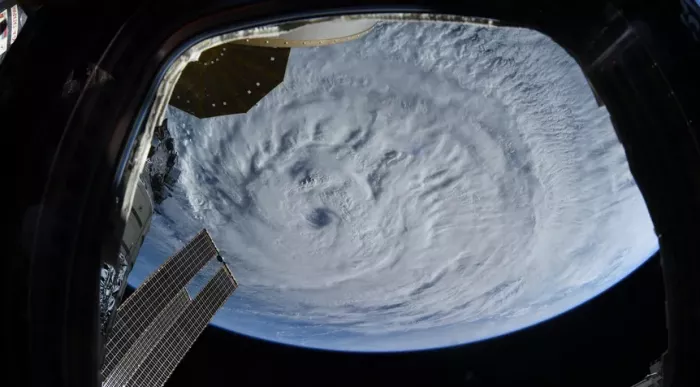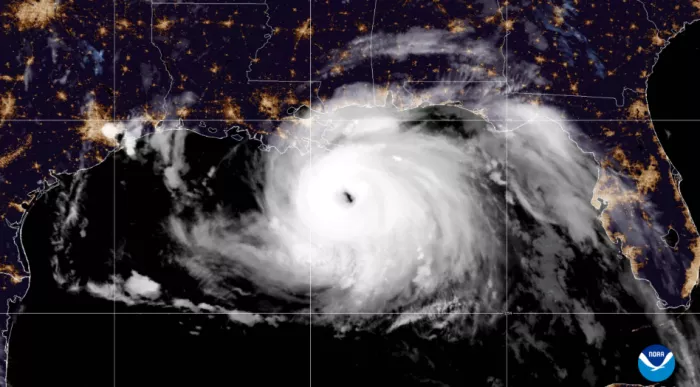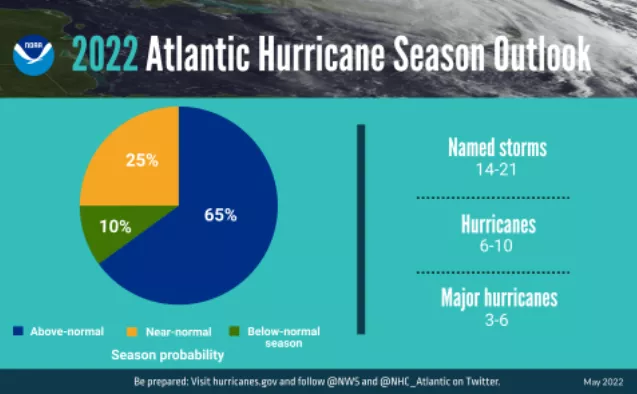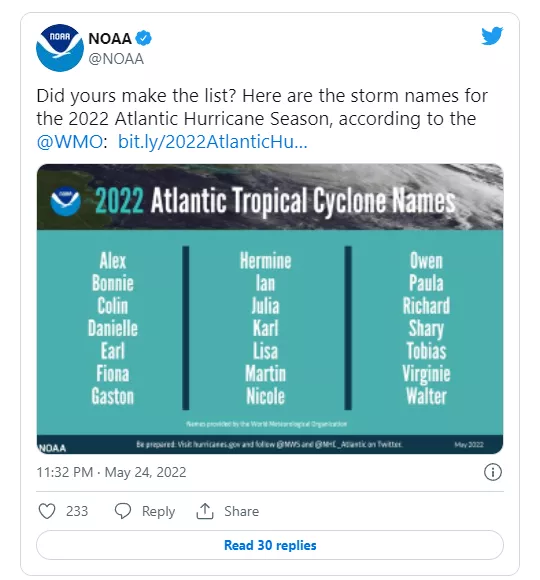The National Oceanic and Atmospheric Administration (NOAA) Climate Prediction Center released its forecast for the Atlantic hurricane season in 2022 on Tuesday report , it is predicted that this year's activities will be higher than average If the prediction is true, it will be the seventh consecutive year for the United States to usher in an above normal Atlantic hurricane season.

The Atlantic hurricane season lasts from June 1 to November 30. "NOAA's outlook for the 2022 Atlantic hurricane season, from June 1 to November 30, predicts a 65% chance of a higher than normal hurricane season, a 25% chance of a near normal hurricane season and a 10% chance of a lower than normal hurricane season," the agency said in a statement

NOAA expects 14 to 21 named storms with winds of 39 miles per hour or more, of which 6 to 10 are likely to be hurricanes with winds of 74 miles per hour or more, including 3 to 6 major hurricanes with winds of 111 miles per hour or more. A "normal" season will have about 14 named storms and seven hurricanes, including three major hurricanes.

NOAA also released a list of 21 storm names this year, starting with Alex and ending with Walter.
The Atlantic hurricane season of 2021 ran out of 21 possible names. Seven of these storms are hurricanes, four of which are large.

Various factors are influencing this year's forecast, including La Nina weather pattern, warm sea surface temperature and weaker than usual tropical trade winds. Hurricanes do not form in isolation; They respond to larger patterns.
NOAA did not specifically point out the global climate crisis in its statement, but said: "how climate change affects the intensity and frequency of tropical cyclones is an ongoing research area for NOAA scientists." A study shows that hurricanes in the Atlantic are contributing to more dangerous climate change in 2022.